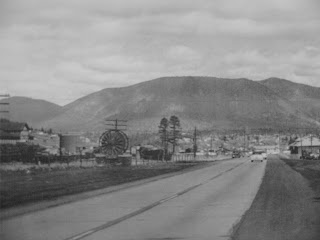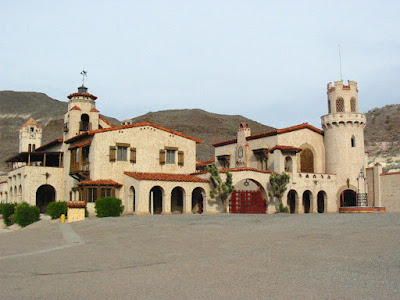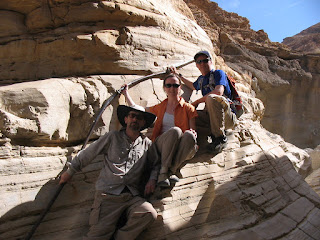

 I like touring homes, because of the insights you gain into the character of the home's residents, and the times they lived in. In Flagstaff, the most interesting home to visit is the Riordan Mansion, which was constructed in 1904 for the Riordan families: two brothers and their wives and children. Timothy and Michael Riordan were logging titans; they became millionaires by negotiating 25-year contracts with the railroad to cut down, saw, and sell off the forests of northern Arizona.
I like touring homes, because of the insights you gain into the character of the home's residents, and the times they lived in. In Flagstaff, the most interesting home to visit is the Riordan Mansion, which was constructed in 1904 for the Riordan families: two brothers and their wives and children. Timothy and Michael Riordan were logging titans; they became millionaires by negotiating 25-year contracts with the railroad to cut down, saw, and sell off the forests of northern Arizona.Their home--two identical homes, actually, connected by a long playroom--has 40 rooms, over 13,000 square-feet of living area, and servants' quarters. The house is full of original possessions, including a very impressive collection of Craftsman furniture. This style was at the height of popularity a century ago, and still has fans today (including me). It is extremely collectible, with individual pieces known to sell in the hundreds of thousands of dollars.

My favorite item in the home was Tim Riordan's dining room table. It curves like a lens, coming to a point at either end. In this way guests could talk easily with everyone else at the table, and Mr. Riordan could downplay his stature as Flagstaff's richest citizen. The table was designed by Mr. Riordan himself. Mrs. Riordan had a fountain installed close by, which she would turn on to politely remind her husband that he was talking too long.
The main room for family time was called the "swing room." A large green wicker swing hangs from the ceiling, and faced either the fireplace or the trees outside, depending on the time of year.














































